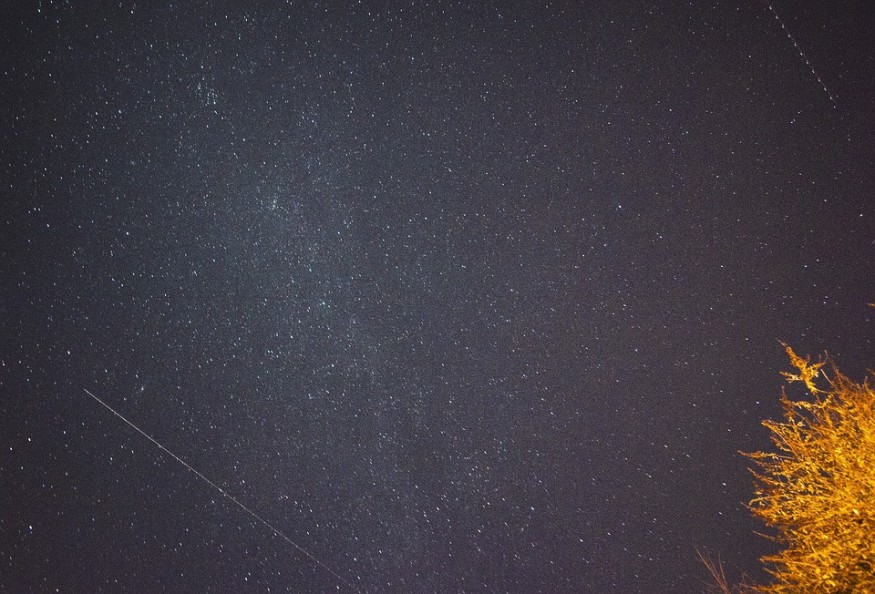
Last weekend, an astronaut on board the International Space Station observed "shooting stars" lighting up the sky over the Northern Hemisphere. Astronauts do have an unprecedented view of the Earth.
NASA astronaut Christina Koch tweeted a dazzling image of the first meteor shower of 2020, a Quarantid meteor shower, with a caption saying the shooting stars could be seen from space.
According to NASA, the quarantids are considered to be one of the best annual meteor showers.
The tweet said that shooting stars can be seen from space along with a photo of the meteor shower, taken from the International Space Station.
Koch said on Twitter that you can see shooting stars from space. She added that they were lucky to catch the first meteor shower of the decade from the @Space_Station. The image is a few quarantids as they blazed into the atmosphere.
Complete with northern lights, the composite image shows the bright lights of several meteors blazing into the atmosphere.
The meteor shower had perfect timing as the astronauts on the International Space Station were lucky enough to catch them happening at the same time as the northern lights.
Known for their bright fireball meteors, the Quadrantids' larger explosions of light and color can last longer than an average meteor streak.
The tweeted photo shows the bright lights of several meteors blazing into the atmosphere. From a bird's eye view, bright green auroras can be seen lighting up the dark sky.
In December, Koch set the record for the longest single spaceflight by a woman after she exceeded the previous record, set by NASA astronaut Peggy Whitson in 2017, of 288 consecutive days in space.
Her spaceflight keeps her in-flight until February 2020, which is just short of the all-time record for the longest spaceflight by a NASA astronaut. The woman astronaut exceeded the previous record, set by NASA astronaut Peggy Whitson in 2017, of 288 consecutive days in space. The longest single spaceflight by a NASA astronaut was 340 days, set by Scott Kelly.
Koch has regularly documented her experience with photos, including many scenic shots of Earth. There are many fascinating photographs and videos that Koch has shared on social media, including what she does in her free time.
Koch was a North Carolina State University graduate.
On Instagram, Monday, she posted a unique view from the International Space Station.
Quarantids typically have a two-day peak and this year, they happened between January 3 and 4. They last a few hours, according to NASA meteor expert Bill Cooke.
Astronaut Koch is currently working aboard the ISS for her first spaceflight.
The Quadrantid meteor shower may not be as well-known as other meteor showers like the Geminids or Orionids but they can produce fireballs with giant, glowing tails highlighting the meteors' paths across the sky.
Other space lovers observed the annual Quadrantids meteor shower in the early hours of January 4.
Just last week, a picture showed a gorgeous display of galactic "fireworks" about 23 million light-years away.
RELATED ARTICLE: NASA Astronaut On Board The International Space Station Receives Degree From Purdue
© 2026 NatureWorldNews.com All rights reserved. Do not reproduce without permission.





